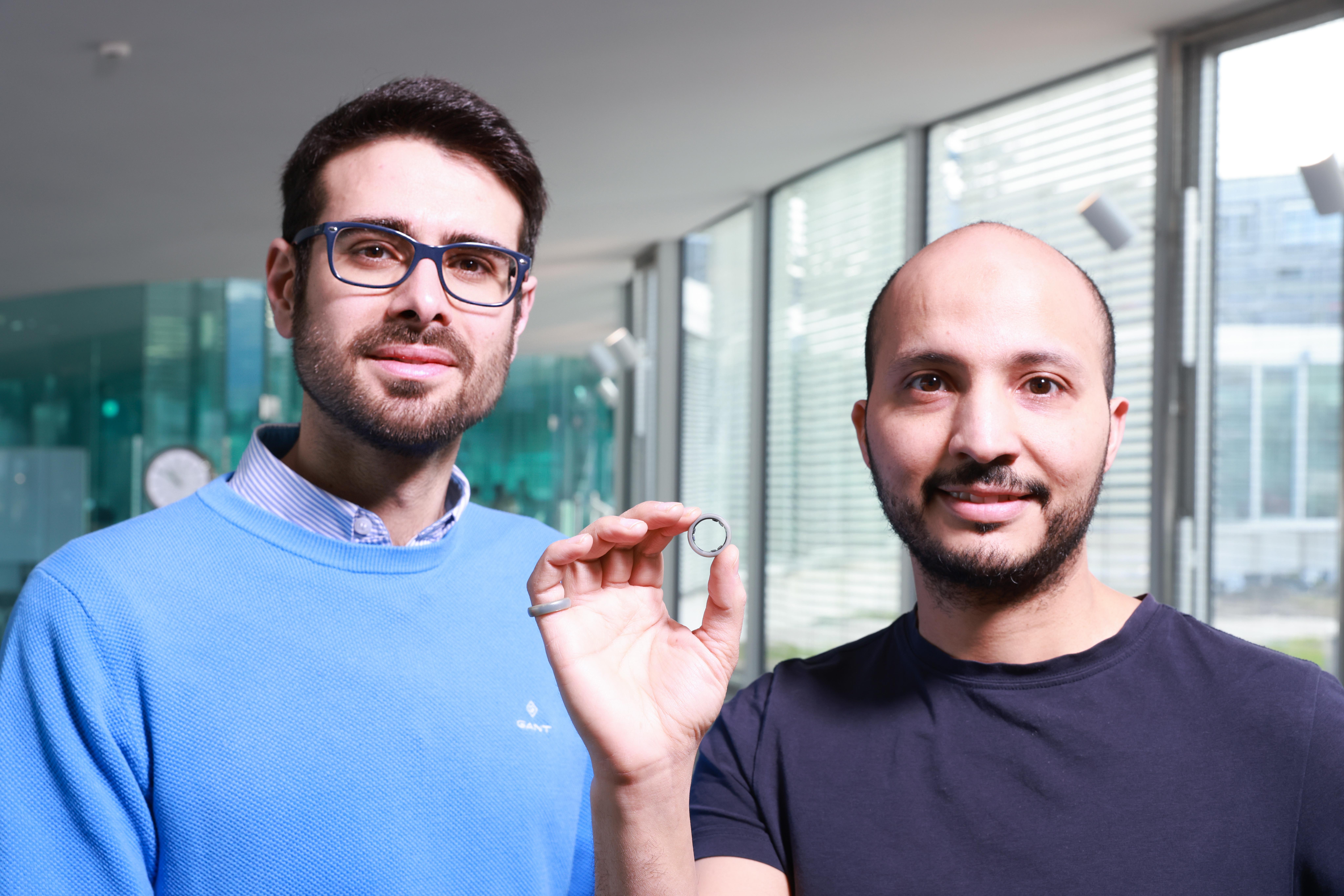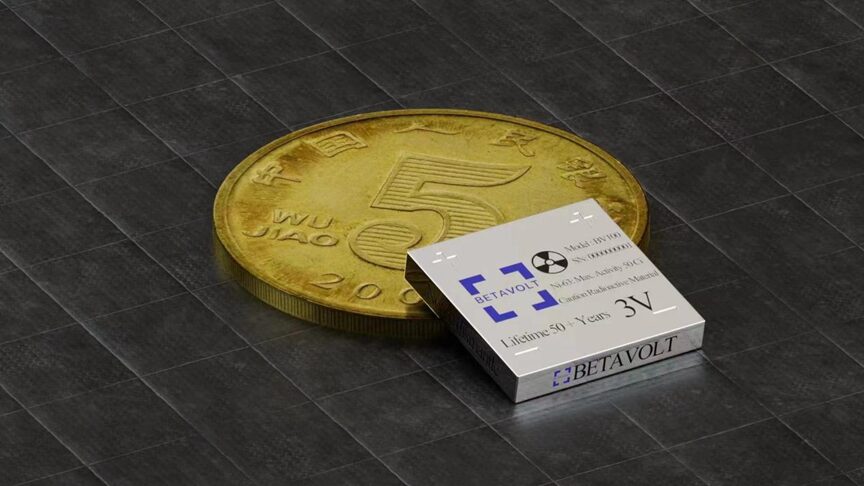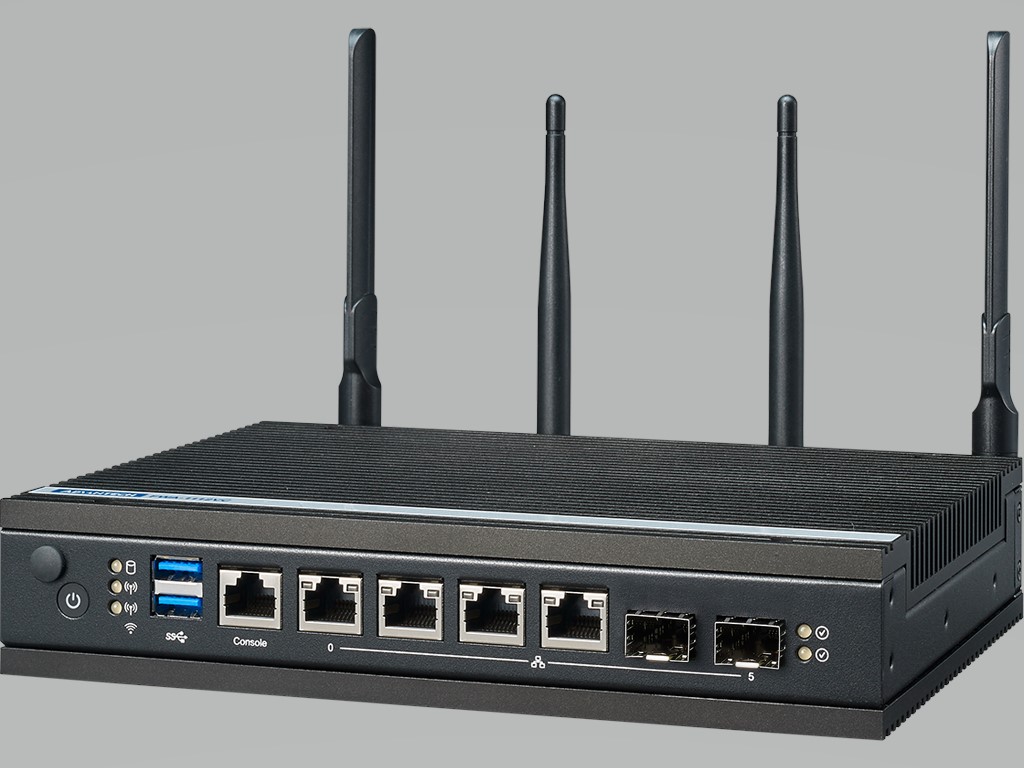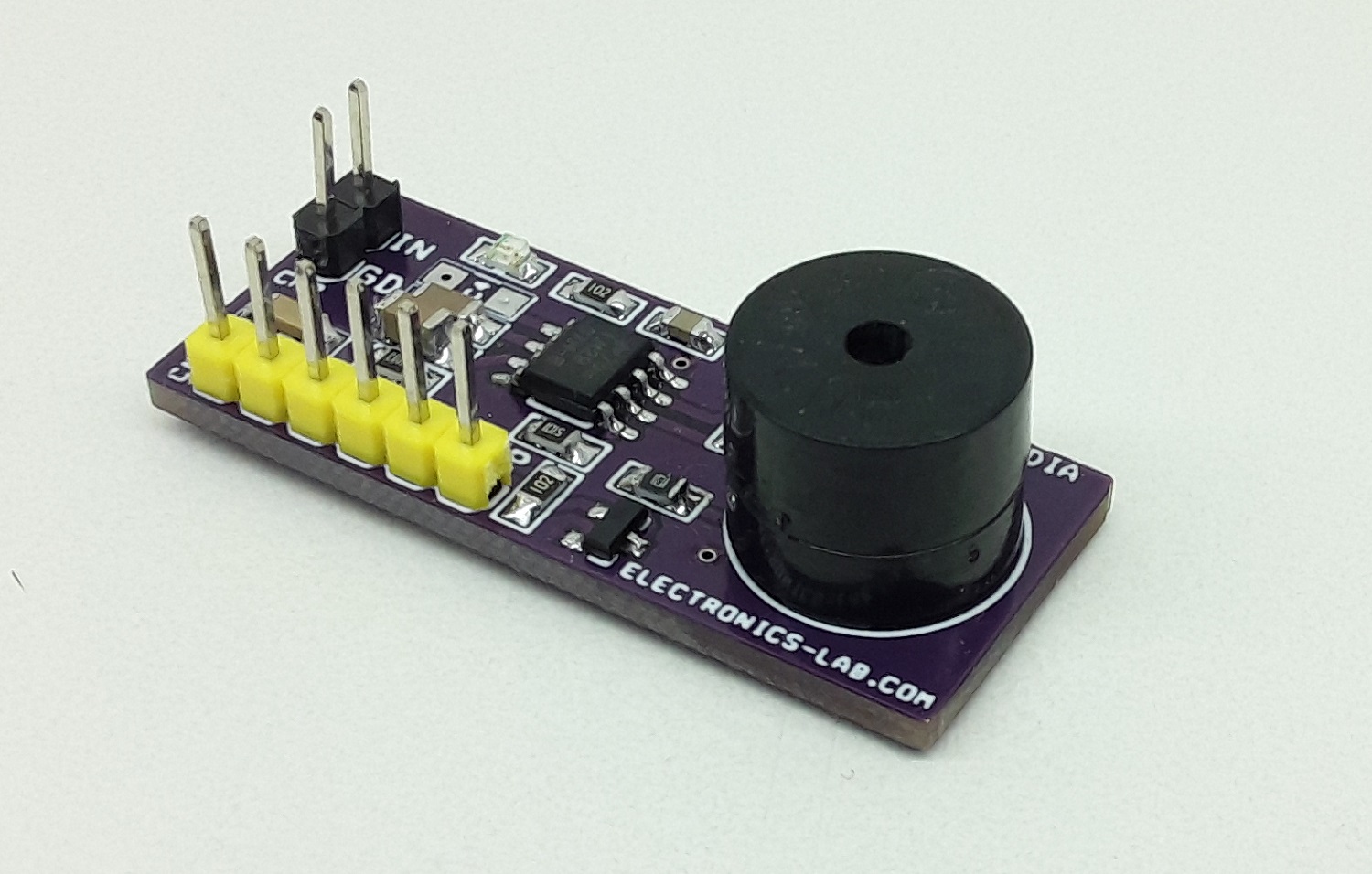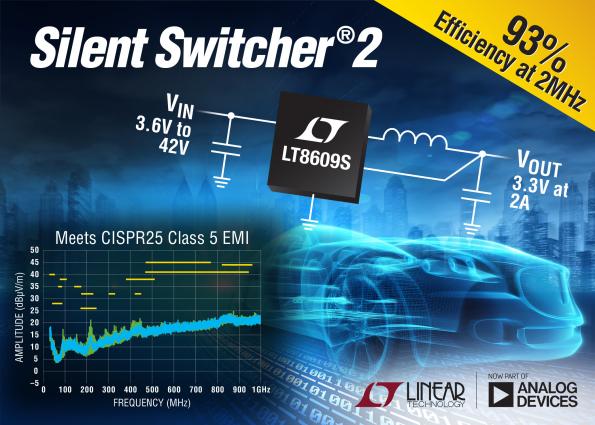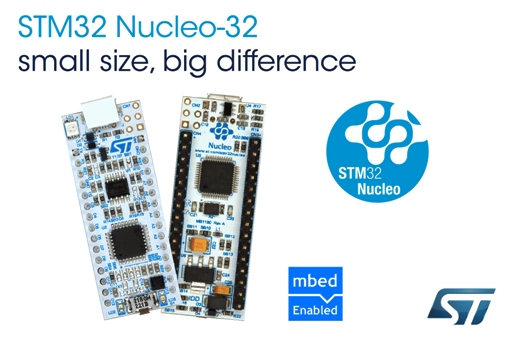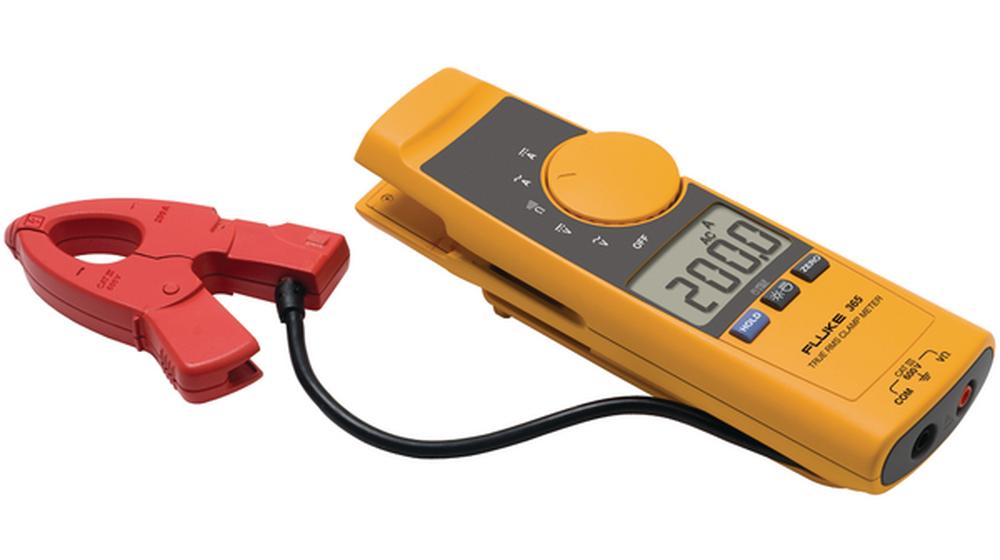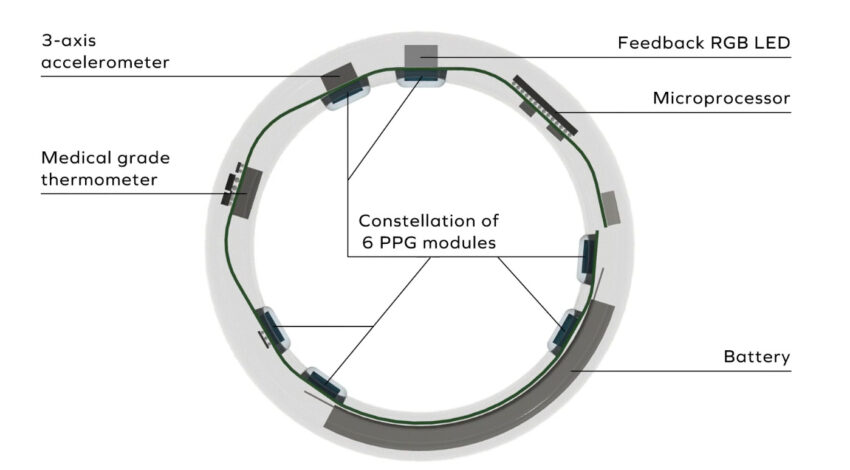
Senbiosys’ Jewelry-Like Smart Ring Aims to Make Health Monitoring More Discreet and Affordable
Two former EPLF Ph.D. students have created Iris, a smart ring the size of a wedding band that can monitor health like a high-end smartwatch. Marketed by Senbiosys, they have already raised five times more than the initial target of 100,000 francs.
In this time and age, everyone has heard about smartwatches and fitness trackers; these wrist-worn devices can do everything from telling time to monitoring your heart rate and making phone calls. Smartwatches and fitness trackers have been around for a while, but what is recently creating buzz around the internet is a smart ring. Smart Rings are wearable accessories that you put around your fingers. But most of the time, they are bulky and uncomfortable to wear.
That is where Senbiosys comes in; in collaboration with EPFL, they have developed a PPG sensor that concentrates all the monitoring capabilities of smartwatches into an area four times smaller, breaking all records. This breakthrough in miniaturization enables the device to need much less power than a smartwatch while achieving the same result.
A PPG sensor uses a light source like an LED and a photodetector to measure vital signs like heart rate, blood oxygen levels, breathing rate and blood pressure, and more. The sensor does this by capturing the reflected light from the LED and feeding the information to an algorithm to calculate the vital signs. The YouTube video made by the founders explains the phenomenon a little better.
The PPG sensor developed by Senbiosys is just only four cubic millimeters in size, which is four times smaller than the ones found in smartwatches and fitness trackers. When developing micro semiconductors, miniaturization comes with the cost of power consumption. But extensive research at EPFL’s Integrated Circuits Laboratory in Neuchâtel has produced photodetectors that can pick up feeble signals just as clearly as a standard-sized sensor would do. This breakthrough in technology has made waves in the industry. Senbiosys co-founder says, “Our breakthrough has given rise to around 60 journal articles in microelectronics and optical sensors,”. He says, “It’s also led to 11 patents, including some obtained at EPFL, and our work has been cited around 1,000 times.”
There are a couple of reasons why Iris came into existence, the most important one being wearing a smartwatch during sleep is not only impractical but also uncomfortable. With Iris’s compact design and low power requirement, Iris looks like jewelry rather than a health tracker. The ring contains 18 LEDs, and six photodetectors, which enables the device to measure health parameters accurately.
Senbiosys conducted their research at the Fribourg cantonal hospital to compare heart data. The research was performed to determine the accuracy and reliability of the miniaturized sensors against traditional sensors. After this, Boukhayma, one of the co-founders, said, “Our aim is not to make a tool for doctors but to help individuals track their health.” At the initial release, Iris can measure heart rate, step count, blood oxygen level, sleep quality, stress level, and calories burned. But with improvement and advancement in the algorithm, they can daa in more features to this device.
The company has raised 5 million francs and used that to develop some prototypes. In 2022, they decided to make a product for regular people called Iris. With crowdfunding, they plan to ship out Iris orders by late 2023 after sorting out the making process.




